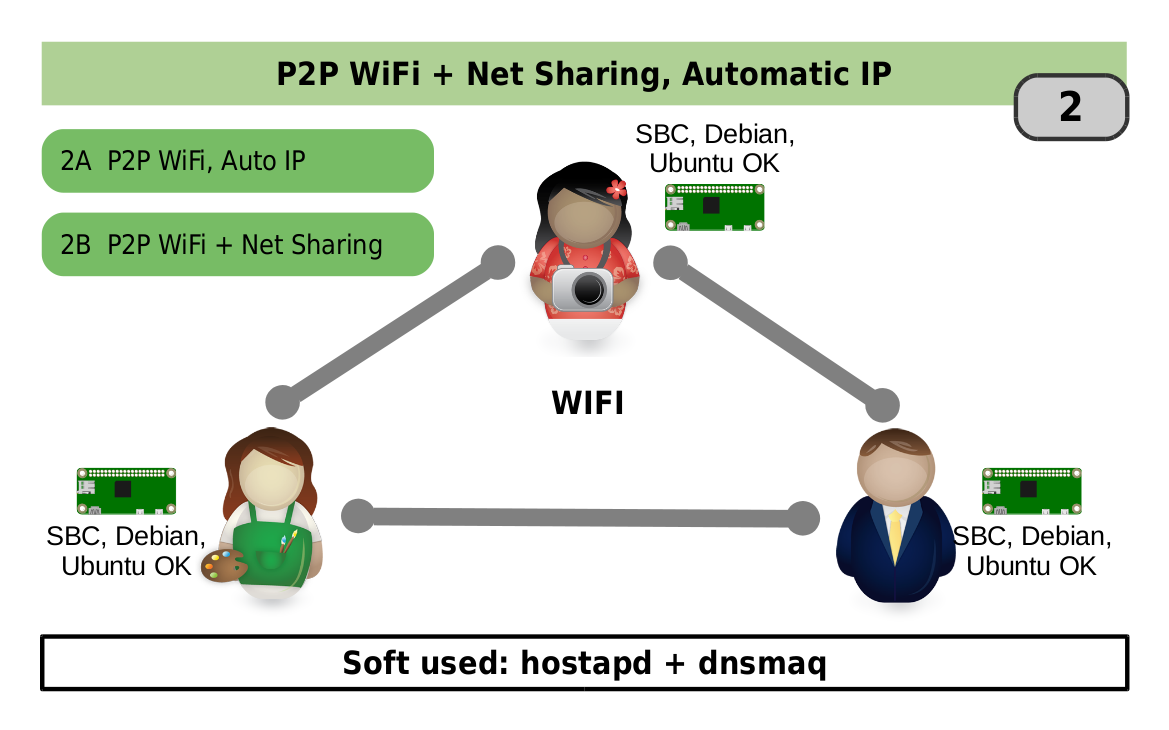In the era of interconnected devices, securely connecting remote IoT (Internet of Things) using P2P (Peer-to-Peer) technology has become increasingly essential for both hobbyists and professionals. With the rise of smart homes, automation systems, and remote monitoring, ensuring secure communication between devices is no longer optional. One of the most accessible ways to achieve this is through the use of a Raspberry Pi, a versatile and affordable single-board computer. This article will delve into how you can securely connect remote IoT devices using P2P technology, with a focus on Raspberry Pi and free resources to facilitate the process.
As more businesses and individuals adopt IoT technology, the demand for secure and efficient communication methods grows. The integration of P2P networks in IoT systems offers a decentralized approach that enhances reliability and reduces the reliance on central servers. This not only improves performance but also strengthens security by minimizing potential attack vectors.
This guide is designed to provide you with a step-by-step approach to setting up a secure remote IoT connection using Raspberry Pi. Whether you're a beginner exploring the world of IoT or an experienced developer looking to refine your setup, this article will equip you with the knowledge and tools necessary to achieve a robust and secure network.
- Steve Howey A Comprehensive Look Into The Life And Career Of The Talented Actor
- Unveiling Movierulz Pag3 A Comprehensive Guide To Understanding Its Impact
Table of Contents
- Introduction to IoT and P2P
- Overview of Raspberry Pi
- Importance of Security in IoT
- Secure Connection Methods
- Setting Up Raspberry Pi for IoT
- Free Resources for Raspberry Pi Downloads
- Troubleshooting Common Issues
- Case Studies and Real-World Applications
- The Future of IoT and P2P
- Conclusion and Call to Action
Introduction to IoT and P2P
The Internet of Things (IoT) refers to the network of physical devices embedded with sensors, software, and connectivity, enabling them to exchange data. P2P technology, on the other hand, allows devices to communicate directly without the need for a central server. This decentralized approach offers several advantages, including improved scalability, reduced latency, and enhanced security.
When combined, IoT and P2P create a powerful framework for building smart systems. However, ensuring secure communication between devices is paramount. The increasing number of cyber threats targeting IoT devices underscores the importance of implementing robust security measures.
Overview of Raspberry Pi
Raspberry Pi is a credit-card-sized single-board computer developed by the Raspberry Pi Foundation. It has gained immense popularity among developers, educators, and hobbyists due to its affordability, versatility, and ease of use. Raspberry Pi can be used for a wide range of applications, from home automation to complex data processing tasks.
- Sdmoviespointzone Your Ultimate Destination For Movie Entertainment
- Mkvincom Movie Your Ultimate Destination For Film Enthusiasts
For IoT projects, Raspberry Pi serves as an excellent platform due to its ability to run various operating systems and support multiple programming languages. Additionally, its GPIO (General Purpose Input/Output) pins allow for seamless integration with external sensors and actuators.
Importance of Security in IoT
Security is a critical aspect of IoT systems. As devices become more interconnected, they also become more vulnerable to cyberattacks. Hackers can exploit vulnerabilities in IoT devices to gain unauthorized access to sensitive data or disrupt critical systems.
Implementing secure connection methods is essential to protect against these threats. This includes using encryption protocols, secure authentication mechanisms, and regularly updating firmware and software to address security vulnerabilities.
Secure Connection Methods
Encryption Protocols
Encryption is the process of converting data into a coded format to prevent unauthorized access. In IoT systems, encryption protocols such as TLS (Transport Layer Security) and AES (Advanced Encryption Standard) are commonly used to secure data transmission.
When setting up a Raspberry Pi for IoT, it is crucial to configure encryption protocols correctly. This involves selecting the appropriate cipher suites, generating secure keys, and ensuring that both the client and server support the chosen protocol.
Authentication Process
Authentication ensures that only authorized devices and users can access the IoT network. This is typically achieved through methods such as username/password combinations, digital certificates, and multi-factor authentication (MFA).
For Raspberry Pi-based IoT systems, implementing strong authentication mechanisms is vital. This includes using secure passwords, enabling two-factor authentication, and regularly auditing access logs to detect any suspicious activity.
Setting Up Raspberry Pi for IoT
Setting up a Raspberry Pi for IoT involves several steps, including installing the operating system, configuring network settings, and connecting external devices. Below is a list of essential steps to get you started:
- Download and install Raspberry Pi OS from the official website.
- Configure Wi-Fi or Ethernet settings to connect to your network.
- Install necessary libraries and dependencies for your IoT project.
- Connect sensors and actuators to the GPIO pins.
- Write and test your IoT application code.
Free Resources for Raspberry Pi Downloads
There are numerous free resources available for downloading Raspberry Pi software and tools. Some of the most popular options include:
- Raspberry Pi OS: The official operating system for Raspberry Pi, available for free download from the Raspberry Pi Foundation website.
- Adafruit Learning System: Offers tutorials and guides for Raspberry Pi projects, including IoT applications.
- GitHub: A platform where developers share open-source projects and libraries for Raspberry Pi.
Troubleshooting Common Issues
When working with Raspberry Pi and IoT systems, you may encounter various issues. Some common problems include connectivity issues, software conflicts, and hardware malfunctions. Below are a few tips for troubleshooting these issues:
- Check network settings to ensure proper connectivity.
- Update all software and firmware to the latest versions.
- Inspect hardware connections for any loose or damaged components.
Case Studies and Real-World Applications
Real-world applications of securely connecting remote IoT devices using Raspberry Pi and P2P technology abound. For instance, smart agriculture systems use IoT sensors to monitor soil moisture levels and weather conditions, while remote health monitoring devices track patients' vital signs in real time.
These case studies highlight the potential of IoT and P2P technology to revolutionize various industries. By leveraging the power of Raspberry Pi, developers can create innovative solutions that address real-world challenges.
The Future of IoT and P2P
The future of IoT and P2P technology looks promising. As advancements in artificial intelligence, machine learning, and 5G networks continue to emerge, the capabilities of IoT systems will expand significantly. This will enable more sophisticated applications, such as autonomous vehicles, smart cities, and industrial automation.
However, with these advancements comes the responsibility to ensure that security remains a top priority. Developers must continue to innovate and implement cutting-edge security measures to protect against emerging threats.
Conclusion and Call to Action
In conclusion, securely connecting remote IoT devices using P2P technology and Raspberry Pi is a powerful solution for building smart systems. By following the steps outlined in this guide, you can create a robust and secure network that meets your project requirements.
We encourage you to share your thoughts and experiences in the comments section below. Additionally, feel free to explore our other articles for more insights into IoT and Raspberry Pi projects. Together, let's shape the future of connected devices!
Data sources for this article include reputable publications such as the Raspberry Pi Foundation, IEEE, and academic journals. These resources provide valuable insights into the latest trends and advancements in IoT and P2P technology.
- How To Download Movies Safely A Comprehensive Guide For Movie Enthusiasts
- Pr Moviescom Download Your Ultimate Guide To Movie Downloads


